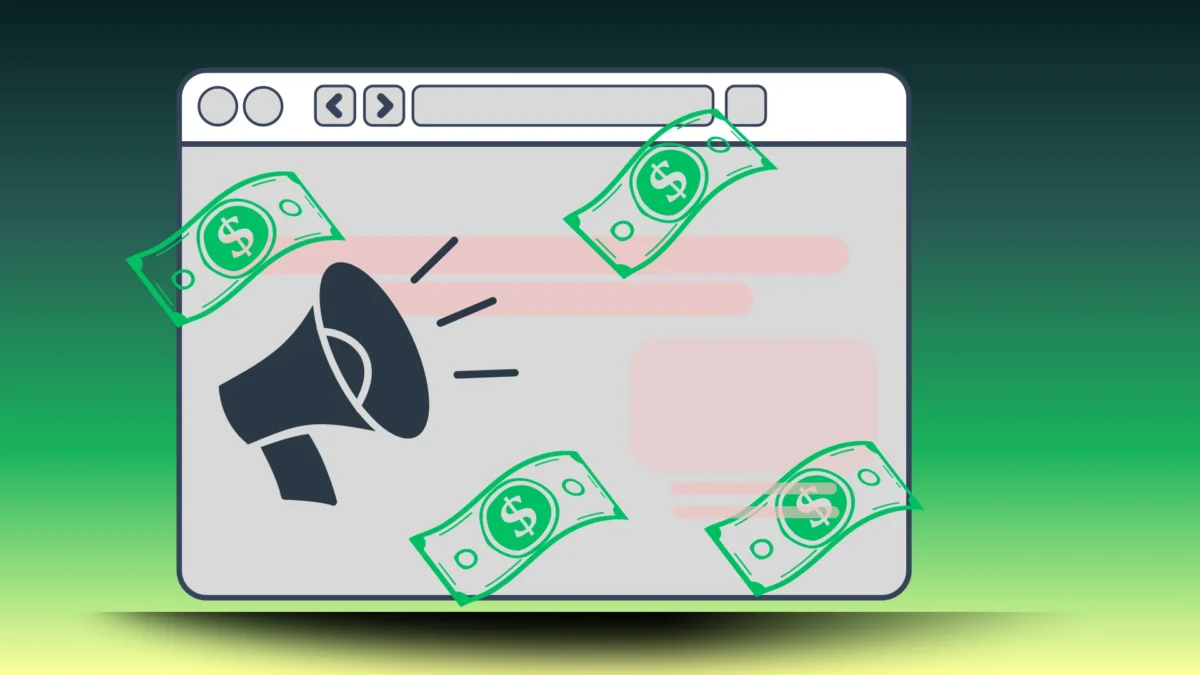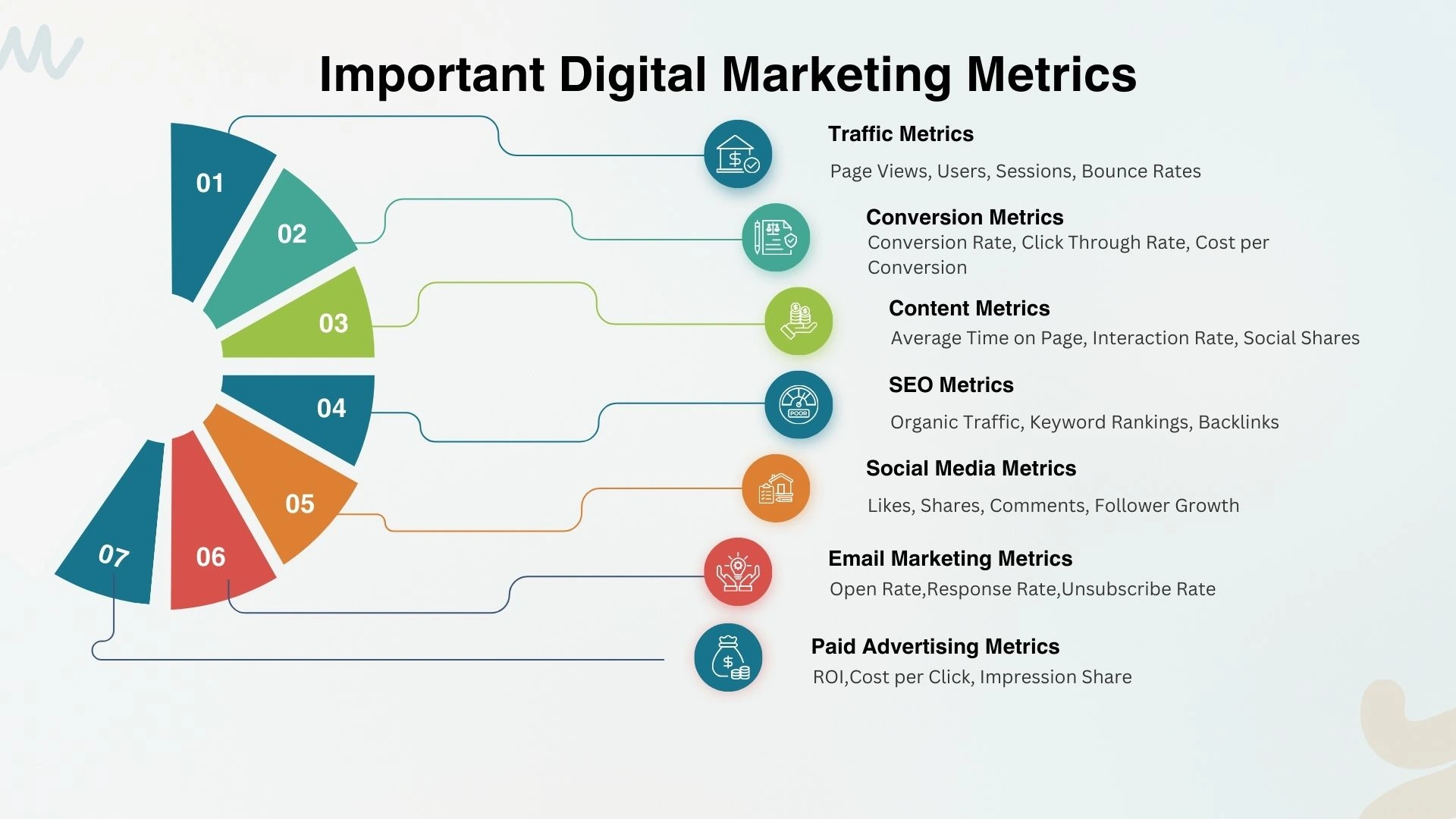
Asar
September 11, 2025
The first time I had a real marketing budget to work with, I spent it like a kid in a candy shop.
I created new ads, collected shiny tools, and pursued never-ending ideas for content.
Traffic was booming and my dashboards were humming along, but the only number that truly mattered, digital marketing ROI, didn’t budge much.
That stung!
Not that I wasn’t putting in the effort, but because I concentrated on things that didn’t matter.
Somewhere along the way, it dawned on me that ROI is not a bragging point; it’s a measure of your discipline, focus, and determination to track what really drives results.
Here’s the thing no one tells you from the beginning: boosting ROI seldom results from a single giant step. It is often ten small ones, consistently practiced with purpose.
A few of the changes felt counterintuitive initially, some were glaringly obvious in retrospect, and all of them, when taken together, worked.
If you’re willing to get every dollar to do more than it ever did before, this is the playbook I wish I had.
When I began, I mixed motion with progress. “Let’s run ads.” “Let’s publish twice a week.” Those were activities, not outcomes. The day I made the switch from activity goals to outcome goals, everything changed. Rather than “get additional leads,” I made it a target to “add 25% more qualified demo requests within 90 days at ≤ ₹1,200 per lead.” Now I could measure marketing ROI without gymnastics. Either the campaign hit the target or it didn’t.
That level of clarity permeates everything. Copy is honed. Targeting becomes more focused. The weekly meeting becomes a scoreboard review instead of a show-and-tell. It also makes you powerful enough to cut tactics that won’t influence the outcome, and that’s mighty strong. Less is often best.
I used to create “personas” that looked just like dating profiles—age, occupation, hobbies. Adorable, but not successful. It was actually identifying buyer moments that really optimized my digital marketing ROI. What was happening in their lives when they began searching? What task were they attempting to complete? New boss? Missed deadline? Vendor just increased prices?
When I created ads and landing pages for the time being—such as “Missed last quarter’s pipeline? Here’s how teams recover in 30 days”—click-through rates improved and cost per lead went down. It wasn’t magic, but relevance. Customers don’t purchase by demographics; they purchase to alleviate a pain.

I launched a failed campaign despite the performance of the ad being good. The problem wasn’t the hook; it was the ad-to-landing-page transfer. The ad delivered on a 3-step calculator for marketing ROI; the landing page demanded eight form fields and led users to a generic ebook. After bringing the landing page in line with the promise—clear headline, proof, single CTA, fast calculator—the same budget yielded 38% more completions in two weeks.
The takeaway was obvious: minimize friction, honor intent, and maintain messaging coherence from ad to page to follow-up. Successful conversion-rate optimization frequently occurs by subtraction. Take away a field. Cut a paragraph. Remove the carousel. Each click you forego brings you closer to profit.
There’s content intended to fill a calendar and then there’s content that snowballs. I discovered this the hard way. My “newsjacking” updates picked up momentum for a couple of days and then died out. In the meantime, one unglamorous evergreen guide—painstakingly written and revised every six months—was a consistent source of leads for eighteen months. It didn’t merely rank; it converted because it solved a big problem better than anything else on page one.
To amplify digital marketing ROI, end the trend chasing and begin building core assets: definitive guides, breakdown comparisons, calculators, and case stories with numbers. Educational content that quantifies and minimizes risk is precious because buyers bookmark it and come back prepared to act.
Attribution can be a confusing trap, and I caught myself in it. Multi-touch models, time decay, position-based—being so focused on being perfect left me paralyzed. It was embracing a “good-enough” attribution model for decision-making and holding to it that finally helped my digital marketing ROI. Top-of-funnel channel mix with first-touch for deciding which channels to invest in, last-touch for testing landing pages, and straightforward cohort LTV for evaluating offers. It is not glamorous, but it’s very useful.
The goal isn’t to win a debate on measurement methods. It’s to shift budget from low performers to winners quickly. Good-enough attribution makes that possible. You’ll refine it later. Keeping momentum is powerful on its own.
There was a period when we were attempting to be “everywhere.” We appeared busy, but our ROI was terrible. When I checked expenditure against actual revenue, three channels were doing nearly all of the heavy lifting: search (high intent), email (highest margin), and retargeting (lowest CAC). The rest was an ego tax. We slashed hard, and in a quarter, our digital marketing ROI had increased because we had ceased supporting channels that didn’t pay off.
If a channel is not doing well following a good test, suspend it. If a channel is performing, scale it smartly: experiment with new creative approaches, optimize sending frequency, or add lookalike audiences from actual customers. Focus is powerful because it multiplies learning, not expenditure.
I’ll confess: I used to think that “nurture” was sending fifty automated emails with a countdown timer. That approach didn’t work. What truly improved my numbers was crafting shorter, more personal check-ins tied to user behavior. If someone downloaded the calculator, I’d send a brief note with three common results people like them see, plus a P.S. for the next step. If they viewed pricing multiple times, I’d provide a simple cost-of-delay example—weeks times average cart value—so they could calculate ROI on their own.
Treat follow-ups as favors that minimize uncertainty. That tone—relaxed, precise, respectful—works. It’s like help, not a sales pitch, and help engenders conversions.
Automation was my friend when I employed it to automate repetitive work in place of replicating the human element. Lead routing? Automated. UTM hygiene? Automated. Alerts whenever CPA crosses a threshold? Automated. But first responses to high-intent searches? Those needed to be human. Personalized ROI breakdowns? Human. This is how we increased speed and relationships, both of which directly increased digital marketing ROI.
If you’re feeling overwhelmed, start small: set a lifecycle email to trigger when a user visits three product pages in a week, create a retargeting pool for visitors who engaged for over 90 seconds, or assign a task for sales when someone opens a pricing email twice. Streamlined systems are powerful because they quietly safeguard margins.
I used to spend weeks refining the copy when the actual problem was the offer. Price points did not match perceived value, and the guarantee was too weak. We reorganized features into a “starter” plan that solved one major problem, included a 30-day risk reversal guarantee, and made it clear what is done if the service is not a good fit (credit towards future services).
Conversions improved without touching traffic. That’s the magic of ROI—gaining more from the same pipeline.
If you’ve optimized your pages and still feel stuck, take a hard look at the offer. Remove decision fatigue. Make it easy for the buyer to win. A strong offer can make mediocre copy work; the opposite is rarely true.
My highest lift in digital marketing ROI came when testing was no longer occasional but a regular part of our process. We created a weekly cadence: one hypothesis per channel, one key metric, one owner, and one ship date. Some weeks we tested small things (such as CTA verbs, hero images). Other weeks, we tested larger things (new onboarding flow, alternate placement for calendar links, changing bid strategies). Most of the tests were trivial. But piling up enough of them made the aggregate performance different.
A helpful hint: keep a “Test Graveyard” file. Every failed concept has a short note on what was discovered. It sounds ridiculous, but it provides useful institutional memory. You won’t repeat the mistakes and can leverage proven wins.
It’s not always necessary to complicate things. Here’s my simple method of calculating marketing ROI for a campaign: Net Campaign Profit divided by Cost of the Campaign. To make it more precise, include LTV and payback period: (Average Order Value × Conversion Rate × Number of Qualified Visitors × Predicted LTV Multiplier) minus Total Cost, then divide by Total Cost. The objective isn’t perfection. It’s to ascertain urgently whether we need to scale up, fix, or shut it down.
Too many teams get mired here, mired in never-ending arguments over models and still, spending. Don’t do it. Select an easy framework, decide, and come back next month. Speed is important because it makes opportunities available.
I have a short checklist stuck on my monitor, and I actually use it.
It seems basic, and it is basic. Asking these questions is more effective than cleverness when budgets are tight.
If your dashboards feel cluttered and your margins seem stressed, don’t reach for the latest shiny tactic. Start with clear outcomes. Address buyer moments. Improve the handoffs. Build assets that compound their value. Attribute just enough to allocate budget confidently. Then test, learn, and repeat on a manageable schedule. None of this will trend on marketing Twitter, but it will result in actual increases in digital marketing ROI that you can honestly point to if someone wants to ask, “What did we actually make off of this?”
I’ll confess I don’t score all ten points each quarter. There are weeks when I’m still distracted. But when I come back to this list, the numbers level out, the noise stops, and the work feels easier. It’s close to boring. And boring in this context is strong—because boring is lucrative.
A final reminder for when I get the urge to “do more”: progress usually results from streamlining. Clear away confusion. Cut out unnecessary steps. Eliminate guesswork. What’s left is concentration—and concentration is where digital marketing ROI actually flourishes.
In my next post, we will go deeper into the metrics you can exactly use and measure the success of your Digital Marketing ROI efforts.
Stay Tuned!
Typically, it takes 3–6 months to start seeing measurable improvements in rankings and traffic, though long-term consistency drives the best results.
If you don’t serve customers at a physical location, traditional SEO may be more effective. Local SEO is most useful for businesses with in-person services, stores, or regional offerings.
Yes, it’s often the first thing customers see when they search for local businesses. A fully optimized profile can significantly increase calls, visits, and leads.
Any time your hours, address, or contact info change. Consistency across platforms is critical for rankings and customer trust.
You can handle the basics yourself (like setting up Google Business Profile and asking for reviews). For competitive markets or advanced strategies, working with an SEO professional like Adamas Digital can accelerate results.
©Adamas Digital. All rights reserved.
Made with 